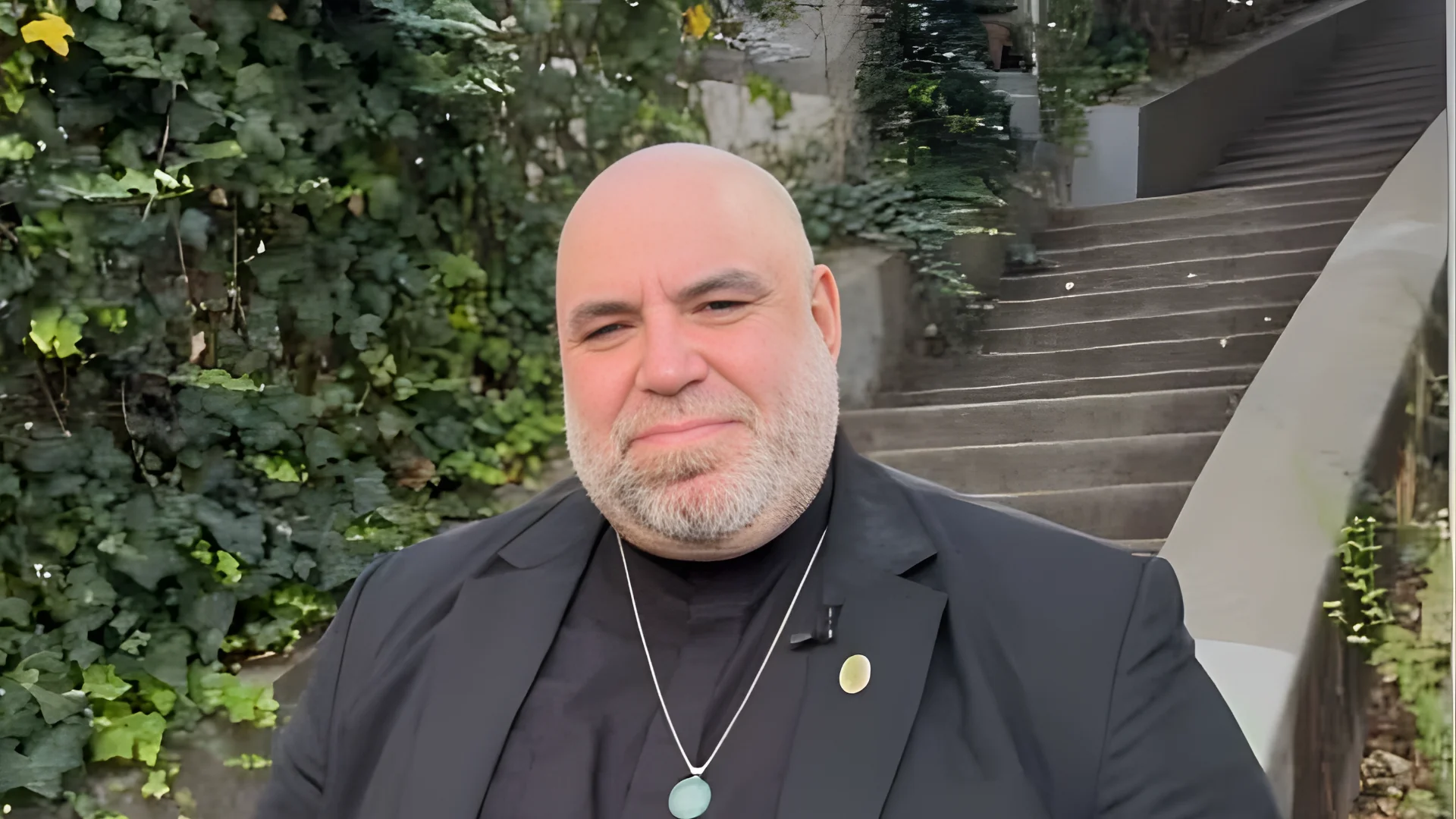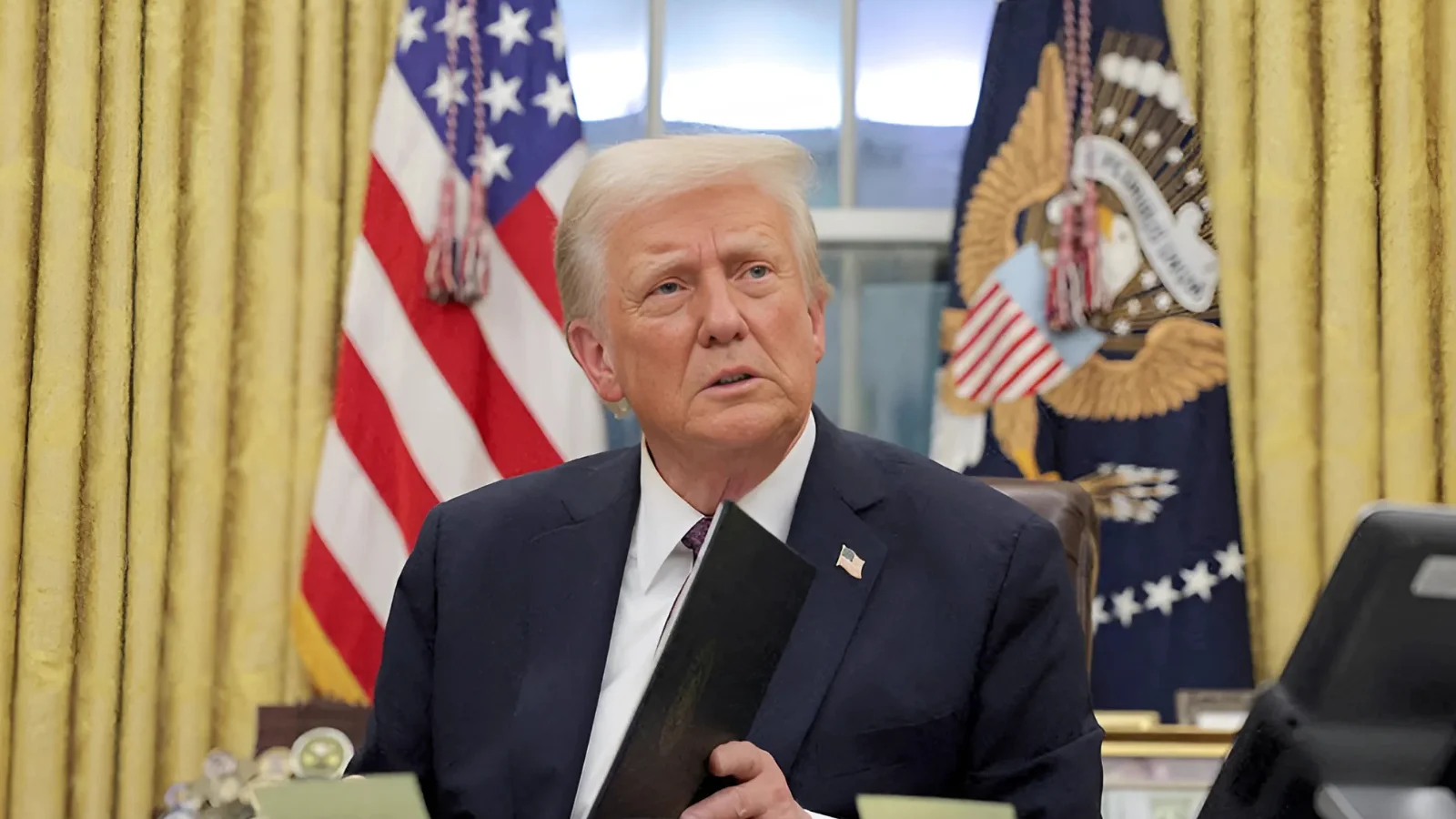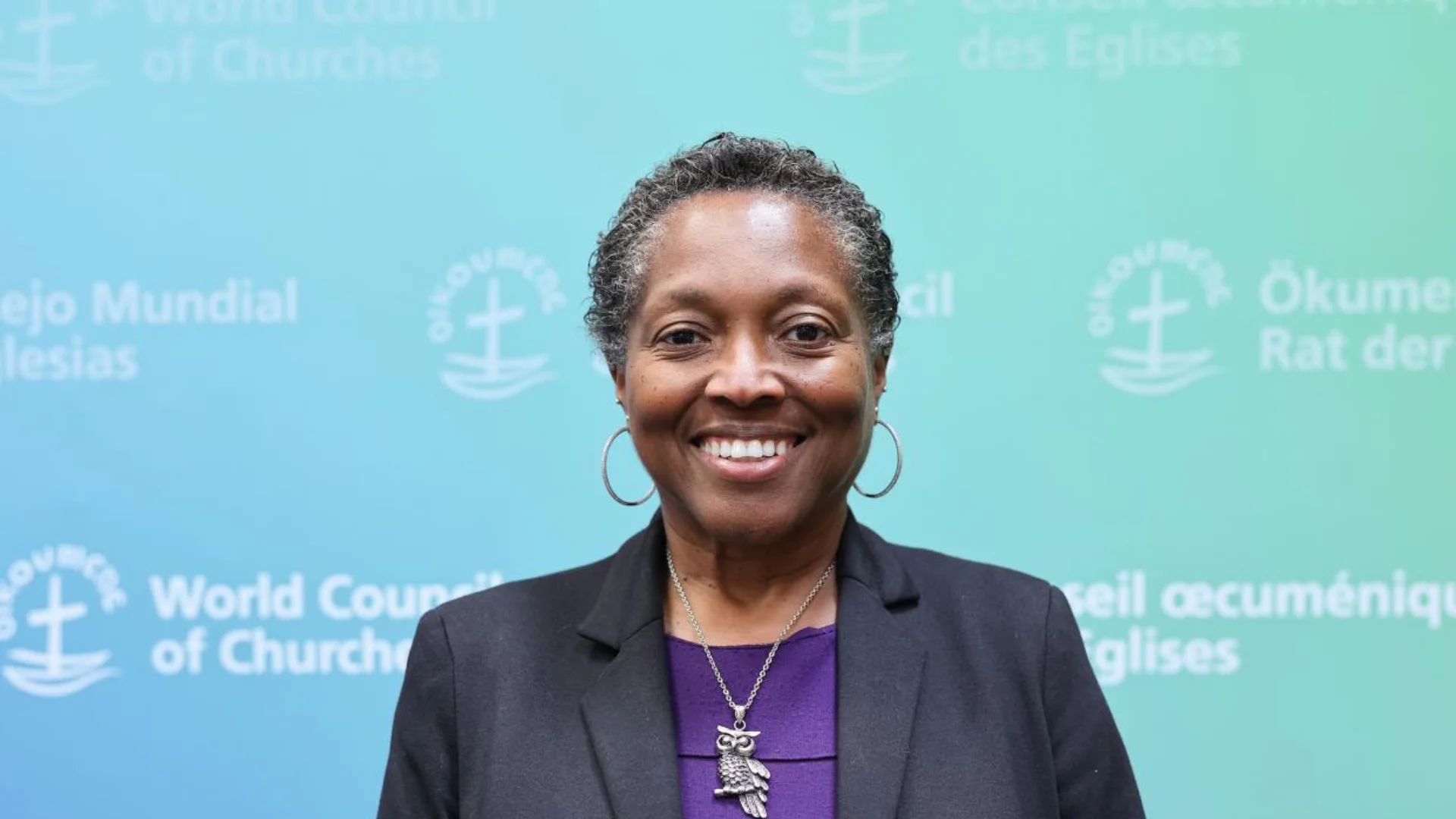Two weeks ago, the President of the United States announced support for a return to nuclear testing, citing recent nuclear activities by other countries. In a social media post, the president stated: “Because of other countries testing programs, I have instructed the Department of War to start testing our Nuclear Weapons on an equal basis,” he said. “That process will begin immediately.” The Energy Secretary later clarified that any upcoming tests would not involve nuclear explosions.
Following these statements, public discussion has focused largely on technical details about possible weapons and test sites, with little attention given to the history and impact of U.S. nuclear testing. Between 1945 and 1992, the United States conducted 1,030 atomic bomb tests—more than any other nation—not counting the two bombs used in Japan during World War II. These tests left lasting damage at sites in both the United States and the Pacific region, resulting in documented deaths, increased cancer rates, uninhabitable land, and persistent nuclear waste.
Communities near Nevada’s test sites experienced significant exposure to fallout from hundreds of tests conducted between 1951 and 1992. This exposure led to health problems such as cancer and caused emotional trauma and displacement among affected families. Calls continue for recognition of these harms and for redress for survivors and their descendants.
In the Pacific region, the U.S. carried out 67 detonations between 1946 and 1958 at locations including Bikini and Enewetak Atolls within what was known as the Pacific Proving Grounds—a territory acquired under a United Nations trusteeship agreement in 1947. The original mandate called for protecting local inhabitants’ lands and resources but this was not fulfilled; instead, indigenous communities were subjected to severe harm from testing activities.
Explosions included one device over a thousand times more powerful than the Hiroshima bomb. Radiation levels comparable to Chernobyl forced residents from their homes; some areas like Bikini Atoll remain uninhabited today due to contamination. Although there have been efforts to resettle people on Enewetak Atoll at government urging, many environmental damages persist.
Ongoing health issues among former residents have been reported as a result of radiation exposure during this period. Through legislation such as the Radiation Exposure Compensation Act of 1990, Marshall Islanders have received at least $759 million in compensation from the U.S.
The Treaty on the Prohibition of Nuclear Weapons has now been ratified by most countries worldwide. Renewed consideration of nuclear testing raises concerns about global security amid rising conflict risks.
Internationally, eight nations are responsible for over two thousand nuclear tests since 1945—with much of this activity occurring outside their own borders.
The United Nations observes International Day against Nuclear Tests each year on August 29. Organizations such as the World Council of Churches continue advocacy efforts toward disarmament and support communities seeking restitution for past harms caused by nuclear weapons development. According to advocates: “The voices of the faith community must continue to advocate for nuclear disarmament and U.S. ratification of the Treaty on the Prohibition of Nuclear Weapons, saying no to nuclear testing and no to more nuclear weapons.”
 Alerts Sign-up
Alerts Sign-up





